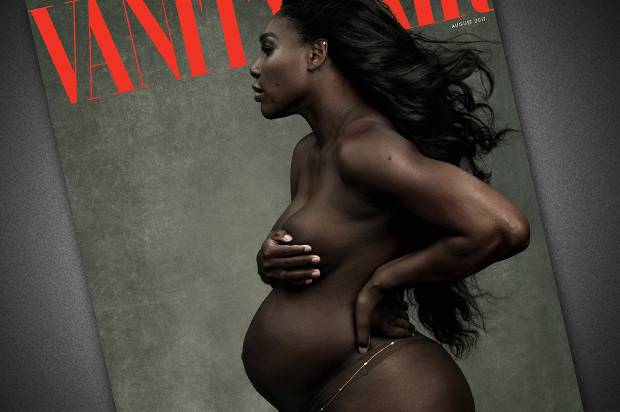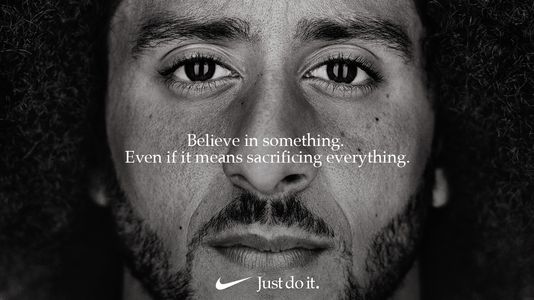Women’s National Basketball Association players and other female athletes are at the top of their field in their respective sports. Yet their travel accommodations often have them flying in coach, stuck with typical travel delays, and enduring the common headaches that come with constant travel, let alone in huge groups with tons of luggage.
L.A. Sparks head coach Derek Fisher, who has a unique perspective on how NBA athletes are treated given the two decades he spent playing and coaching in the league, announced the need for changes to WNBA travel accommodations. The team had just come off a huge win in Minnesota over the Western Conference-leading Lynx and were continuing their road trip.
With the WNBA collective bargaining agreement (CBA) up at the end of the year, we’re likely going to hear more and more about many of the obstacles that WNBA players and teams want changed. When it comes to travel accommodations and flying coach, it’s not simply a matter of inconvenience and the reality that if you travel a lot, flying commercial and in coach is a frustration to which almost anyone can relate. For these elite athletes, efficient travel is critical to health and performance.
Two major pillars underlying athletic wellness are sleep and stress. Sleep is arguably the most important tenet of health, extremely restorative mentally and physically, and we’re seeing more and more research showing that a lack of sleep negatively impacts athletic performance. Additionally, constant stress, known as chronic stress, negatively impacts health in countless ways, being linked to a multitude of conditions like obesity, heart problems, and diabetes. Its harmful effects on athletic performance continue to crystallize as well. Chronic stress wears the body out and is a common cause of “burnout,” which was just officially recognized as a condition by the World Health Organization.
The travel itineraries of NBA players—even on a chartered plane or flying first class—is enough to alter sleep patterns and increase stress levels. Many NBA players and staff cite the long and constant travel schedules as one of the hardest things to overcome. For example, when then-Lakers coach Phil Jackson was asked about his pending retirement, he cited his body not being able to withstand the rigors of travel as one of the key underlying reasons.
For WNBA players, factor in having to travel commercial and all the little (or huge) headaches that come along with that. Further, these professional athletes are pushing their bodies and minds to the limits through year-round training, and often year-round basketball, as many players play in Europe during the WNBA offseason. Their margins for health and performance are already thin, and the dysfunctional sleep and stress that comes from inefficient travel can very well be the straw that breaks the camel’s back.
The most telling example of that dysfunction took place last year when the Las Vegas Aces endured a 25-hour trip from Washington to Vegas due to plane delays and cancellations. By the time the team got back, they had only four hours until their next game. Collectively, they decided not to play—the right decision, in my opinion—and got pegged with a forfeit. This took the term “scheduling loss” to the next level.
There’s no doubt that WNBA players and women’s athletes in general (like these women’s hockey players) face obstacles others don’t. As a doctor, and in the interest of the health of WNBA players and league, my priorities when negotiating the new CBA would be 1) addressing how to give WNBA players an appropriate offseason rather than playing year-round, and 2) establishing appropriate travel accommodations. In each case, there would be a significant impact on player health and performance in both the short and the long term, affecting the product on the court and the players during their playing days and far beyond it. The greatest asset the WNBA has, and any business has, are its employees, and their health and ability to be as productive as possible should be priority number one.
Additional Reading:
- Sleep, Recovery, and Athletic Performance. Strength Cond Journal.
- Sleep and Athletic Performance: The Effects of Sleep Loss on Exercise Performance, and Physiological and Cognitive Responses to Exercise. Sport Med.
- The effects of sleep extension on the athletic performance of collegiate basketball players. Sleep.
- Interactions of cortisol, testosterone, and resistance training: influence of circadian rhythms. Chronobiol International.
- Chronotype distribution in professional rugby players: Evidence for the environment hypothesis? Chronobiol International.
- Chronotype, Physical Activity, and Sport Performance: A Systematic Review. Sports Med.
- A chronotype comparison of South African and Dutch marathon runners: The role of scheduled race start times and effects on performance. Chronobiol International.
- The effects of time of day and chronotype on cognitive and physical performance in healthy volunteers. Sports Medicine.
- Circadian rhythms in exercise performance: implications for hormonal and muscular adaptation. J Sports Sci Medicine.













